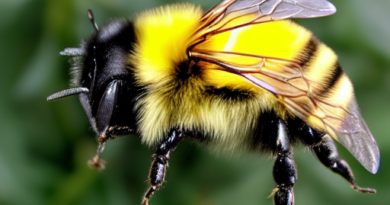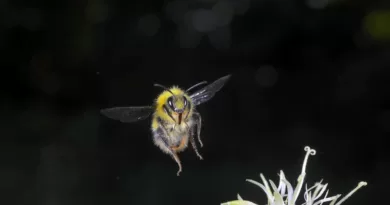The Surprising Facts About Bumblebee Stings
Introduction: Bumblebee Stings Unveiled
When we think of bees, we often imagine a creature buzzing around flowers, diligently collecting nectar. However, beyond their vital role in pollination, bees have another side to them that might catch you off guard: their stings. In this article, we’ll delve into the surprising world of bumblebee stings, exploring the reasons behind their stings, the potential risks, and the fascinating mechanisms at play.
1. The Bumblebee Sting: Nature’s Defense Mechanism
1.1 The Stinging Apparatus: More Than Meets the Eye
A bumblebee’s sting isn’t just a tiny needle; it’s a complex weapon evolved over millions of years. The stinger, which is a modified ovipositor, is primarily used by the female bees for defense. The intricate design allows for both precision and effectiveness when delivering venom.
1.2 When and Why Do Bumblebees Sting?
Have you ever wondered what drives a seemingly docile bumblebee to unleash its stinger? Bumblebees, unlike honeybees, don’t have a colony to protect, but they still sting when they feel threatened. This could be when their nest is disturbed or when they perceive a potential predator, including humans, as a danger.
See Also: Do Bumble Bees Sting? And What You Can Do About It
2. The Science Behind the Sting: What Makes It Hurt?
2.1 The Venomous Cocktail: Components of Bumblebee Venom
The burning pain that follows a bumblebee sting is a result of the venom injected into the skin. This venom is a potent mix of various molecules, including enzymes that trigger an immune response and peptides that cause pain and inflammation.
2.2 Why Does It Hurt So Much?
Ever wondered why such a small creature can inflict such intense pain? It’s a matter of potency and biology. The human body is finely tuned to react to foreign substances, and bumblebee venom contains molecules that hijack these defense mechanisms, causing an exaggerated response.
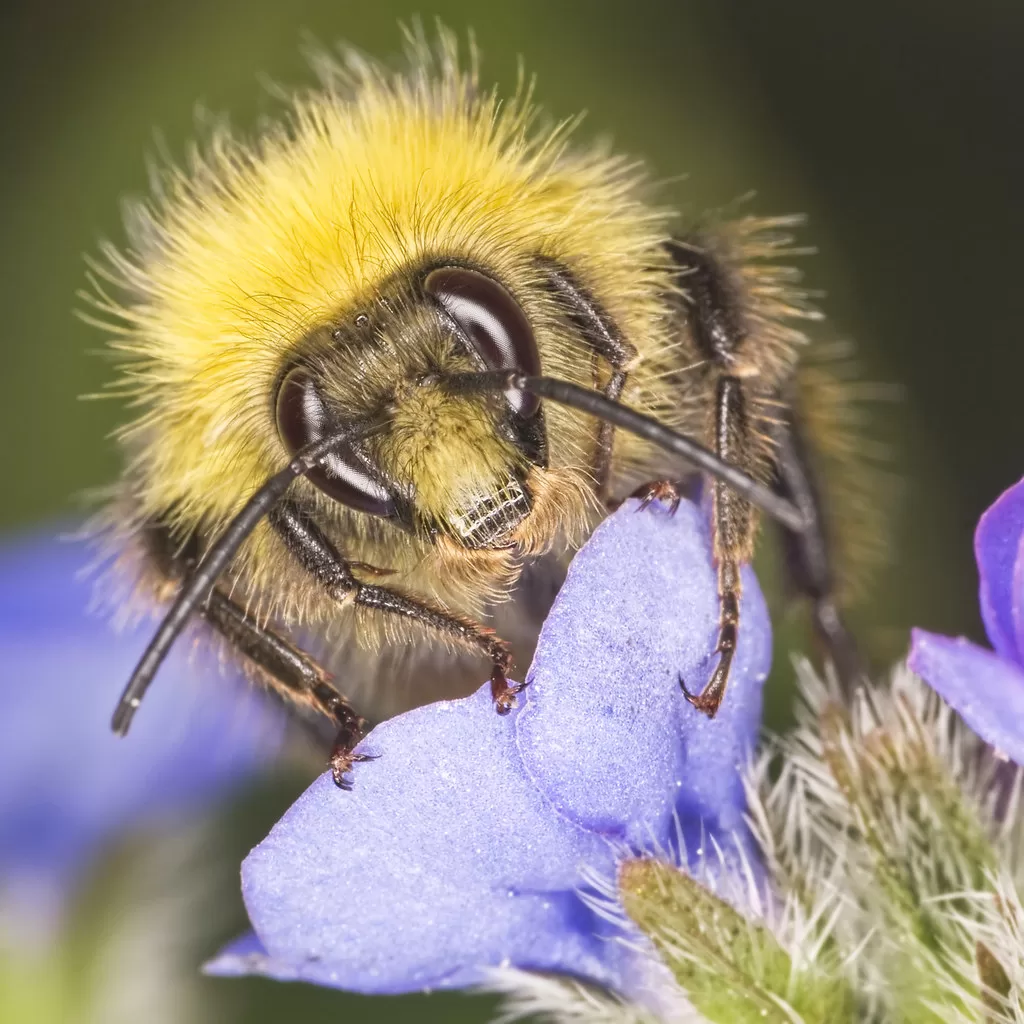
3. The Sting of Benefit: Medicinal Uses of Bumblebee Venom
3.1 Ancient Wisdom: Historical Uses of Bee Venom
Interestingly, bumblebee venom has a history of medicinal use dating back centuries. Ancient civilizations used it to treat conditions like arthritis and joint pain. The venom’s anti-inflammatory properties were harnessed to alleviate discomfort.
3.2 Modern Research: Potential Medical Applications
In recent times, scientific interest in bumblebee venom’s therapeutic potential has been rekindled. Researchers are exploring its application in treating conditions such as multiple sclerosis and even cancer. The venom’s unique composition could hold the key to developing innovative treatments.
4. The Sting of Allergies: Bumblebee Stings and Reactions
4.1 The Allergic Spectrum: From Mild to Severe
While most people experience localized pain, swelling, and itching after a bumblebee sting, some individuals have more intense reactions. Allergic reactions can range from mild skin irritation to life-threatening anaphylaxis, which requires immediate medical attention.
4.2 What Causes Allergic Reactions?
Allergies occur when the immune system goes into overdrive in response to certain substances. In the case of bumblebee stings, it’s the proteins in the venom that trigger an allergic response in susceptible individuals.
5. Navigating the Sting: First Aid and Prevention
5.1 Easing the Pain: First Aid for Bumblebee Stings
If you fall victim to a bumblebee’s sting, there are a few steps you can take to alleviate the discomfort. Gently scraping the stinger away, applying a cold compress, and using over-the-counter creams can help soothe the area.
5.2 Staying Sting-Free: Tips for Prevention
Prevention is the best strategy when it comes to bumblebee stings. Avoiding sudden movements around bumblebees, wearing protective clothing, and using caution near their nests can significantly reduce the risk of getting stung.
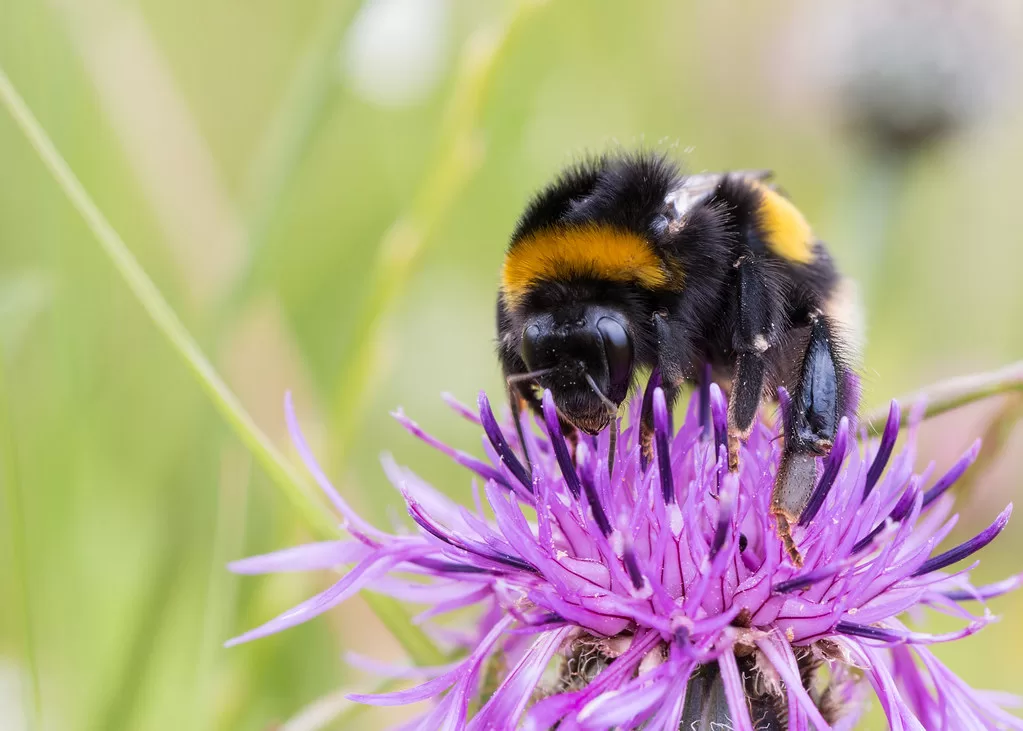
6. The Marvel of Adaptation: Bumblebee Stings in the Wild
6.1 Bumblebees vs. Predators: A Stinging Deterrent
In the intricate dance of nature, bumblebee stings play a vital role in protecting these insects from predators. The threat of a painful sting serves as a powerful deterrent against animals that might otherwise consider bumblebees a potential meal. This natural defense mechanism has helped bumblebees thrive in various ecosystems.
6.2 Co-evolutionary Arms Race: Bumblebees and Their Predators
Over eons, a fascinating co-evolutionary arms race has unfolded between bumblebees and their predators. Some predators, like birds and mammals, have developed strategies to avoid getting stung, such as targeting bumblebees’ less-defended body parts. This ongoing adaptation has shaped the behavior and survival strategies of both bumblebees and their adversaries.
7. Bumblebee Conservation: A Sting in the Right Direction
7.1 The Plight of Bumblebees
While bumblebees wield their stings as a defense mechanism, they face their own set of challenges. Habitat loss, pesticide use, and climate change have taken a toll on bumblebee populations worldwide. The decline of these pollinators threatens ecosystems and agriculture alike.
7.2 Role of Humans: Protecting Bumblebees
As stewards of the planet, humans play a crucial role in bumblebee conservation. Planting bee-friendly gardens, reducing pesticide use, and supporting habitat restoration efforts are ways individuals and communities can contribute to the well-being of these essential insects.
8. A Journey of Discovery: Exploring the World of Bumblebee Stings
8.1 Beyond the Surface: Bumblebees as Complex Creatures
Bumblebees, often overshadowed by their honeybee counterparts, have a world of complexity beneath their fuzzy exteriors. Their stings are just one facet of their intricate lives, which are deeply woven into the tapestry of our ecosystems.
8.2 Curiosity Unleashed: Embracing Nature’s Surprises
Exploring the world of bumblebee stings invites us to embrace the surprises that nature has to offer. From the intricacies of venom composition to the dance between predators and prey, every aspect of the bumblebee’s life story has a tale to tell.
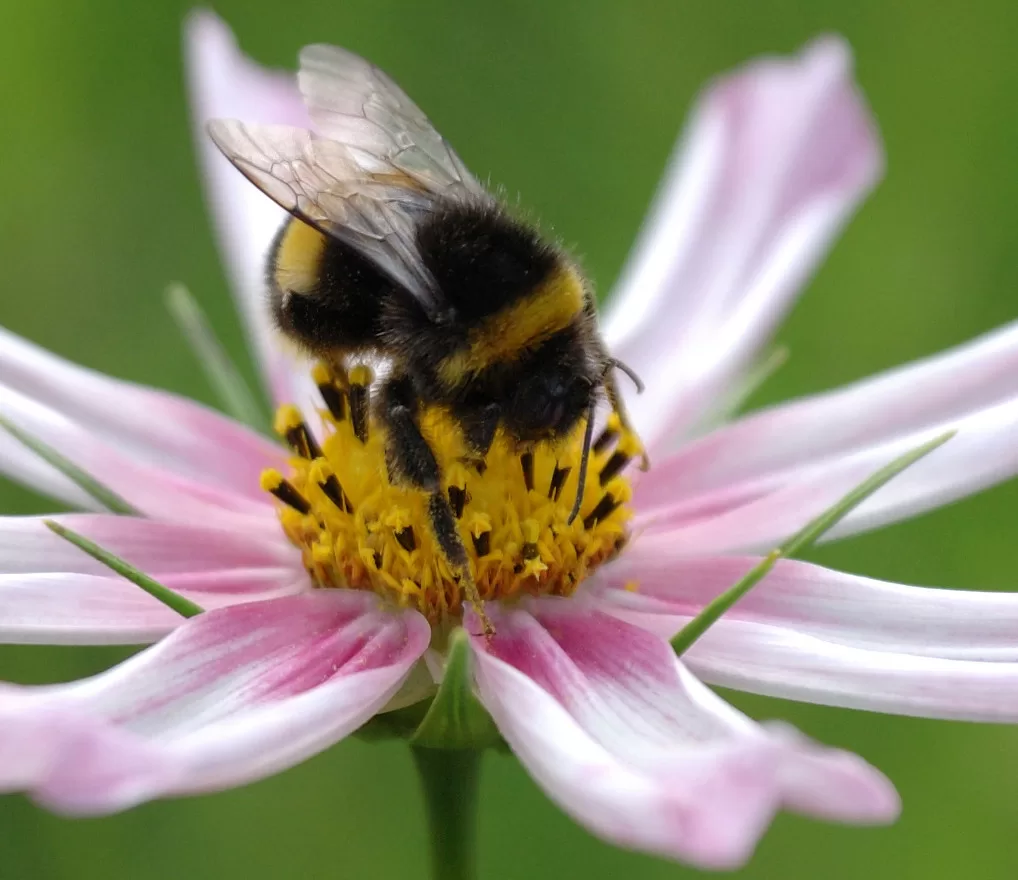
Conclusion: Beyond the Buzz
Bumblebee stings might come as a surprise, considering their role as pollinators. These stings, however, are a crucial aspect of their defense mechanism. Understanding the science behind these stings not only provides insights into nature’s intricacies but also uncovers potential medical breakthroughs. So, the next time you hear the buzz of a bumblebee, you’ll have a newfound appreciation for these remarkable creatures.
FAQs – Uncovering Bumblebee Sting Mysteries
Q1: Can bumblebees sting more than once? Yes, unlike honeybees, bumblebees can sting multiple times. Their stingers are not barbed, allowing them to withdraw the stinger and sting again.
Q2: Are bumblebee stings dangerous? For most people, bumblebee stings result in mild discomfort. However, individuals with allergies can experience severe reactions that require immediate medical attention.
Q3: Do male bumblebees sting? Male bumblebees don’t have stingers and therefore cannot sting.
Q4: How can I differentiate between a bumblebee and a honeybee? Bumblebees are generally larger, hairier, and have a more robust and rounded body compared to the slender and smooth honeybees.
Q5: Can bumblebee venom be synthesized for medical use? Yes, researchers are working on synthesizing bumblebee venom components for potential medical applications, but it’s a complex process due to the venom’s intricate composition.
Q6: Are all bumblebee species capable of stinging? Yes, all bumblebee species have the capability to sting, although their aggressiveness and the severity of their stings can vary.
Q7: Do bumblebees die after they sting? Unlike honeybees, bumblebees do not have barbed stingers, so they can often sting without dying. However, if they feel threatened, they might still choose to fly away instead of stinging.
Q8: What role do bumblebees play in pollination beyond stinging? Bumblebees are vital pollinators for many plants, including crops like tomatoes and blueberries. Their buzzing behavior helps release pollen, contributing to plant reproduction.
Q9: Can bumblebee venom be used for pain relief? While bumblebee venom does contain compounds with potential pain-relieving properties, more research is needed to determine its effectiveness and safety for human use.
Q10: How can I help bumblebees in my local area? Creating bee-friendly habitats by planting native flowers, avoiding pesticides, and providing nesting sites can make a positive impact on bumblebee populations and local ecosystems.
As we’ve delved into the world of bumblebee stings, we’ve uncovered layers of complexity and beauty that might not be immediately apparent. These creatures, often overlooked, remind us of the wonder that lies beneath the surface of the natural world. With their stings as both a defense mechanism and a key to understanding nature’s intricacies, bumblebees continue to be a source of fascination and inspiration.
Enjoyed this article? You may also like:
Do Bumble Bees Sting? And What You Can Do About It
Do bees have knees? Facts Behind Bees Knees
Does Febreze kill Ants? Things You Need to Know
Do Ants Poop? The Fascinating answer to one of nature’s most puzzling questions!



